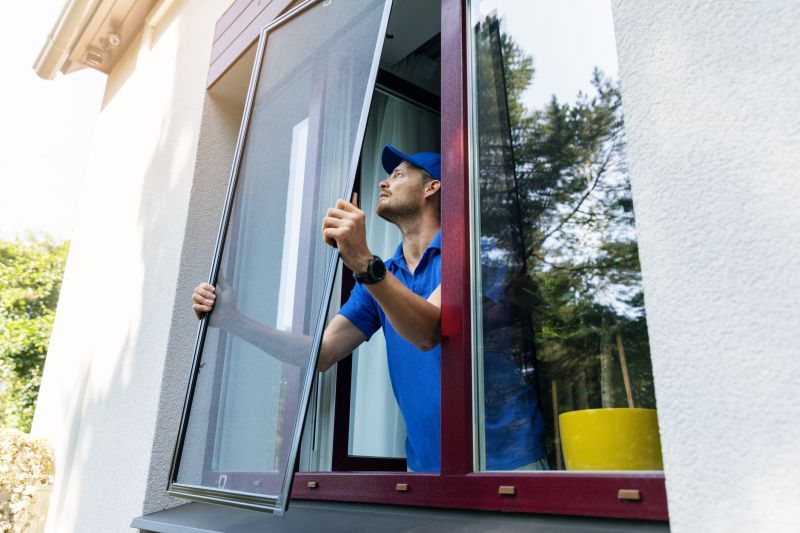Optimal Timing for Windows Installations
Determining the best time for Windows installations involves considering factors such as system readiness, workload schedules, and seasonality. Proper timing ensures minimal disruption and optimal performance. Typically, periods of lower activity or scheduled maintenance windows are preferred for these updates.
Performing compatibility assessments before installation helps identify potential issues, reducing downtime and ensuring a smooth process.
Installing Windows during off-peak hours minimizes impact on productivity and allows for quicker troubleshooting if needed.
Certain seasons, such as late fall or early winter, may offer better conditions for installations, especially in environments with seasonal workflows.
Regularly scheduled updates prevent large, disruptive upgrades and maintain system security and performance.

An overview of the typical steps involved in Windows installations.

Timing Windows updates to minimize disruptions.

Ensuring readiness for smooth installation.

Ways to make Windows Installations work in tight or awkward layouts.

Popular materials for Windows Installations and why they hold up over time.

Simple add-ons that improve Windows Installations without blowing the budget.
| Aspect | Best Practice |
|---|---|
| System Compatibility | Check hardware and software requirements beforehand. |
| Workload Schedule | Plan installations during low activity periods. |
| Seasonality | Avoid peak operational seasons for major updates. |
| Backup Timing | Perform backups immediately prior to installation. |
| Update Frequency | Schedule regular updates to prevent large upgrades. |
| User Notification | Inform users in advance of scheduled updates. |
| Technical Support | Ensure support availability during installation. |
| Post-Installation Testing | Verify system stability after updates. |

Typical timeframes for different types of updates.

Estimating and scheduling necessary downtime.

Steps to prepare for Windows updates.

Ensuring system performance after installation.

Monitoring update progress and status.

Creating restore points before updates.

Common issues during Windows installations.

Improving system performance after updates.
Interested in scheduling Windows installations or learning more about optimal timing? Filling out the contact form can provide tailored guidance to meet specific operational needs.


